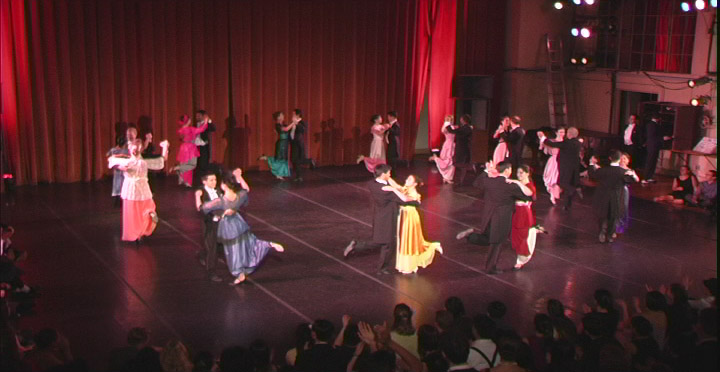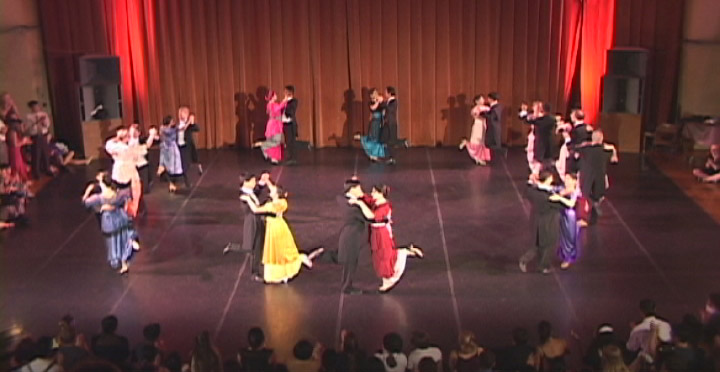
f2.4, 0dB
Detail Level -1
Chroma Level -2
Chroma Phase 0
Color Temp 0
Master Ped -5
A.Iris -3
Gamma NORM
Skin tone OFF
Matrix CINE-LIKE
V. detail THIN
White Bal. 3.2k
16:9 wide
manual focus (preset)
30 frames/sec
progressive scan

f2.0, 0dB
Color Level +1
Sharp 0
WB shift 0
AE shift -4
AGC Limit 12dB
Spotlight mode
White Bal: Tungsten
16:9 wide
Autofocus
60 fields/sec
interlaced